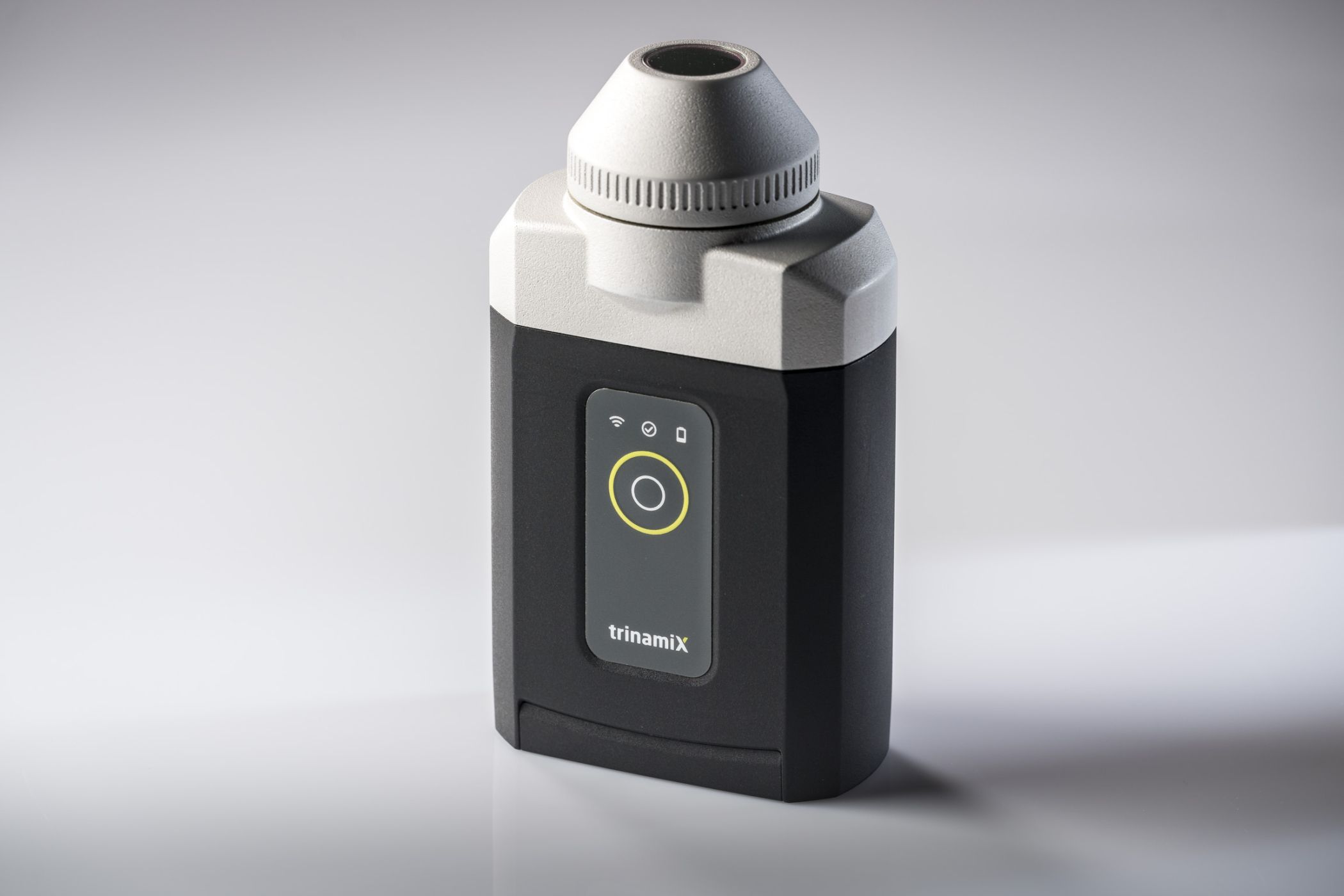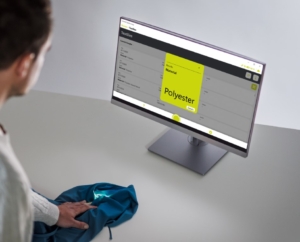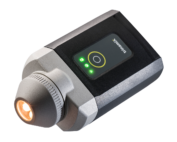trinamiX - Mobile NIR solution
for the identification of textiles
New operating concept allows
Innovative material analysis
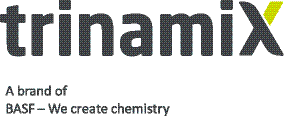
Thanks to the powerful combination of mobile hardware, data analysis and material expertise, textiles can be reliably identified on site with the mobile handheld device.
Quick identification takes just a few seconds and is supported by a user-friendly operating concept. This solution enables efficient conformity testing during the incoming inspection of textile waste and mixtures. Sorting into pure textile streams ensures high-quality recycling.
Your advantages
How the spectrometer works
The NIR spectrometer is placed on the sample, a measurement takes approx. 2-3 seconds. The result is shown directly on the display of the smartphone or PC. The connection between the scanner and smartphone or PC is established via Bluetooth.
The trinamiX customer portal offers numerous functions for further analyses, data export, etc., which are constantly being expanded.
Your smartphone does not require an Internet connection for operation, but at least every 7 days. The measurement results are then saved in the customer portal and the apps are checked for available updates and downloaded if necessary.
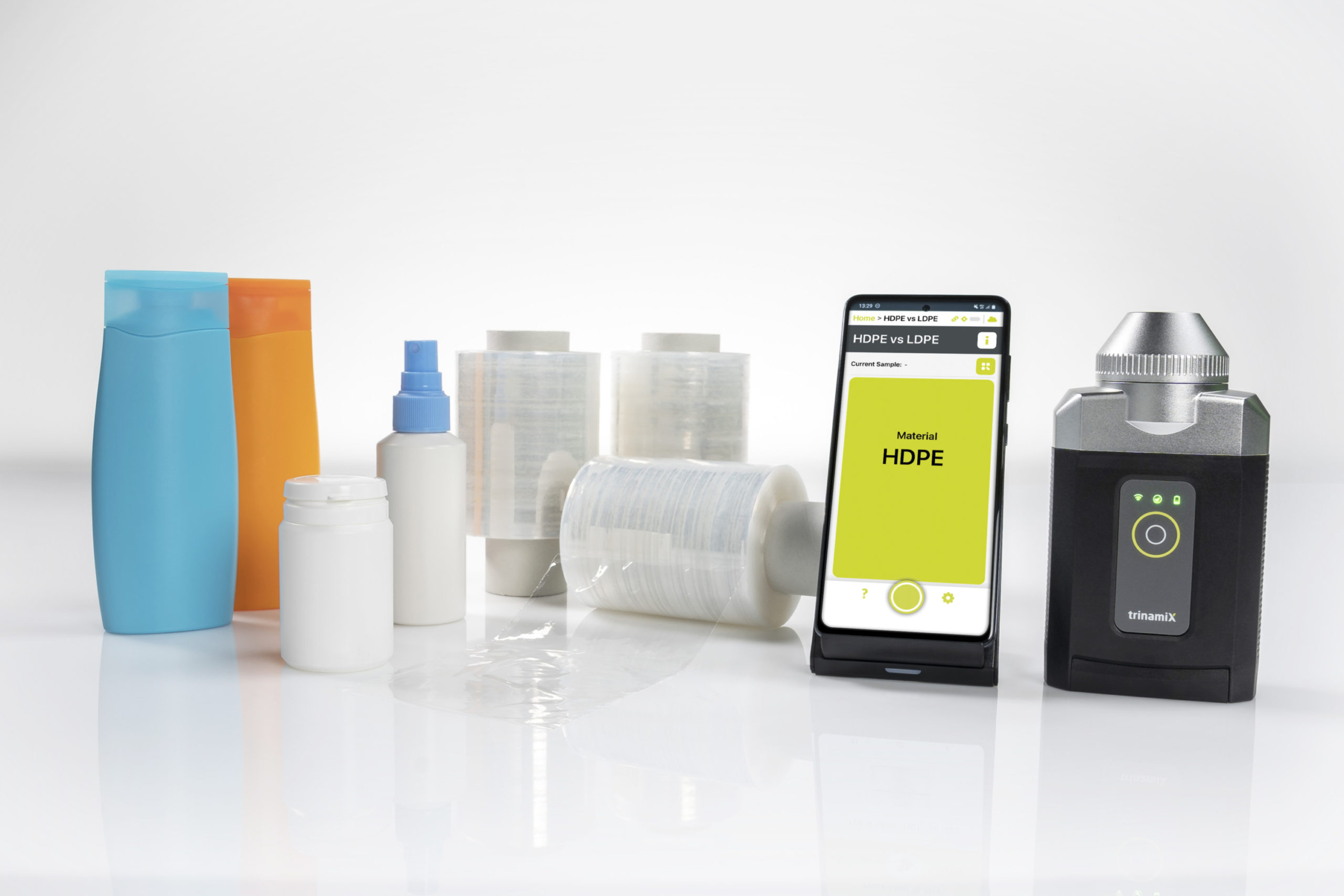
Available software options
trinamiX offers the following ready-to-use applications for the textile industry:
In addition to solutions for the textile (recycling) industry, trinamiX also offers ready-to-use applications for plastics recycling, sortability assessment of plastics, feed analysis, cosmetics, liquids and coffee.
Applications marked with (*) are specially developed for use on sorting tables. Together with the integrated table solution (see photo), you get a fast, flexible sorting solution with a low investment.
Applications
This makes the NIR solution from trinamiX an indispensable aid for the fast and reliable determination of plastics, for example
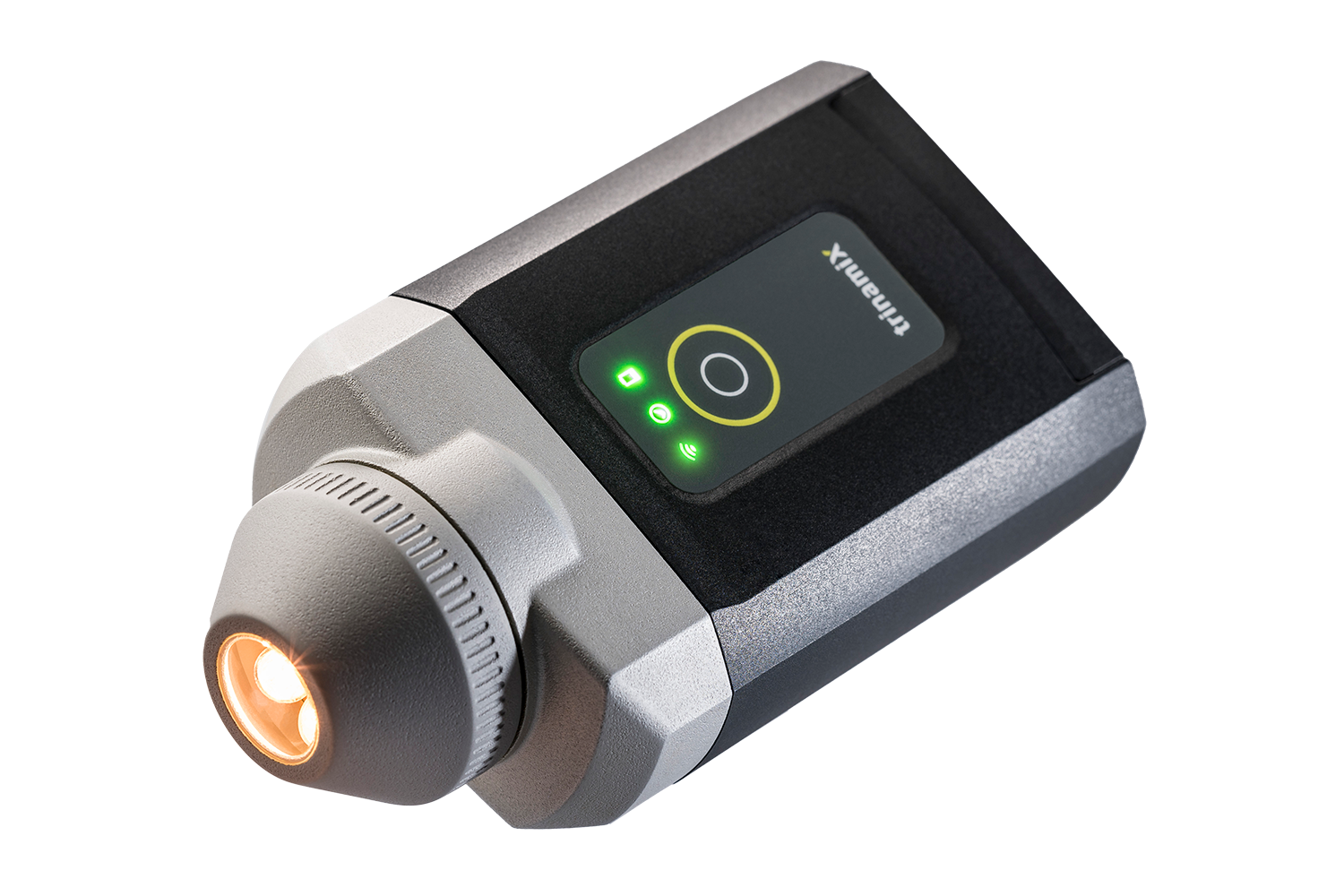
Our solutions for textile recycling
The following packages are currently available:
(Packages with other applications, e.g. carpet materials, please enquire directly)
The NIR solution is available as a subscription model. The offer includes the license for the use of the applications during the contract period, all updates, 2 users and the spectrometer, basic support.
Downloads
NIR spectrometer for plastics recycling
Discover our NIR spectrometers for plastic recycling in our online store.


